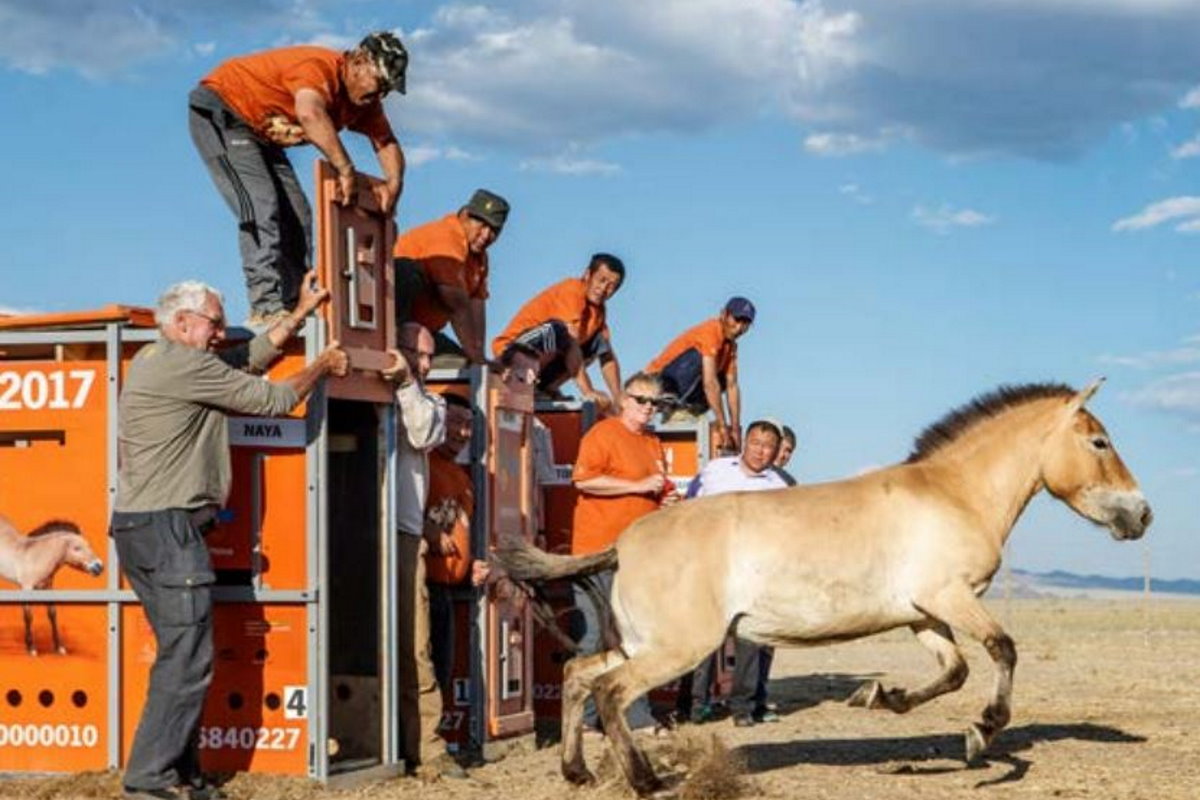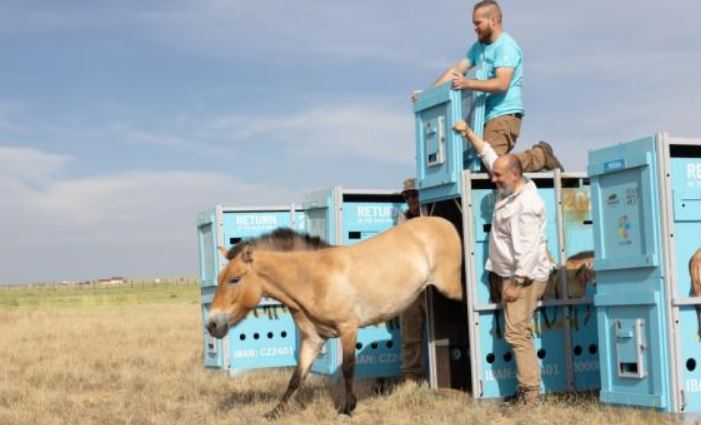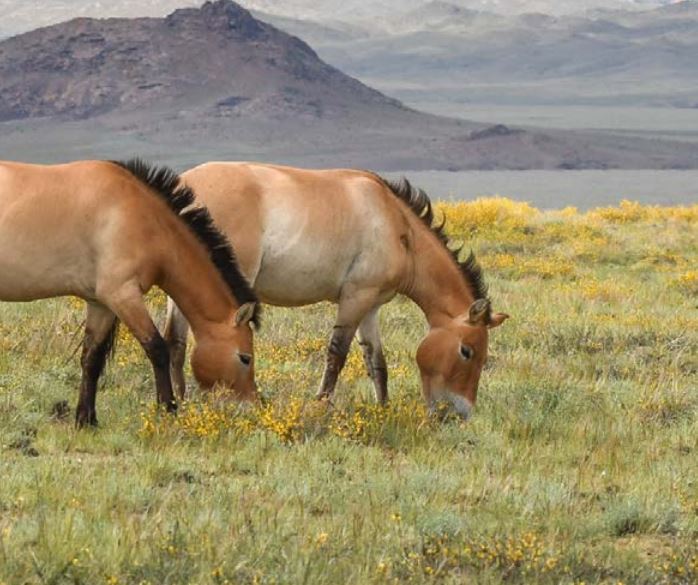The iconic Przewalski horses, the world's last remaining wild species, have made their return to the steppes of Kazakhstan after 200 years

©Václav Šilha/Return of Wild Horses
After a two-century absence, wild horses are once again roaming freely in the steppes of Kazakhstan. This historic event was made possible through the dedicated efforts of wildlife conservationists.
The seven Przewalski’s horses, named after the Russian explorer who discovered the species in the late 1800s, were transported by airplane and truck before being released into the unspoiled nature of the Central Asian country after a journey of about 25 hours.
Home at last: Wild horses return to the Kazakh steppes.After a long journey, three Przewalski horses return to their native habitat in Kazakhstan — the first of 40 of the endangered species to be released in the vast Central Asian country over the next five years. "This is the moment we have been waiting for for a very long time," says Albert Salemgareyev from the Association for the Conservation of Biodiversity in Kazakhstan.
Posted by AFP News Agency on Monday, June 10, 2024
So far, the horses—four mares, two fillies, and one stallion—had lived in zoos in Prague and Berlin, far from their natural habitat. Now, they have rediscovered the thrill of freedom, although they will remain under researchers’ supervision for about a year to ensure they can withstand the cold and parasites.

@Václav Šilha/Zoo di Praga
In the coming years, more horses are expected to join them. The goal of the “Return of the Wild Horses” project is to bring at least 40 wild horses back to Kazakhstan.
About the species
Przewalski’s horses (Equus ferus przewalskii), also known as Mongolian horses, thaki, or dzungarian horses, are an endangered species native to the steppes of Central Asia. They have a sturdy and stocky appearance, weighing an average of about 660 pounds. Research has shown that these animals appeared in European cave art dating back 20,000 years.

@Return of the Wild Horses 2024
These fascinating creatures differ from domestic horses by having an extra pair of chromosomes. After becoming extinct in the wild last century, wild horses have been reintroduced in Mongolia and other parts of Eastern Europe since the 1990s. Thanks to the efforts of conservationists, they will now also reproduce again in Kazakhstan.
